Wanggong Attractions Introduction
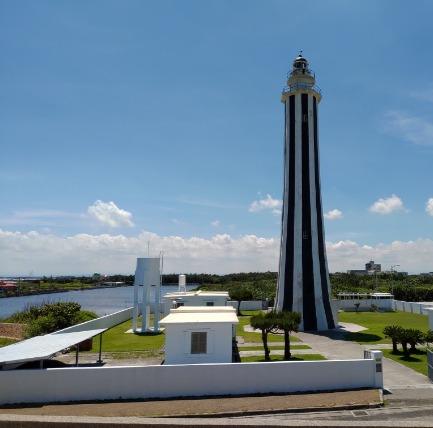
Fangyuan Lighthouse, also known as Wanggong Lighthouse
- It is constructed of reinforced concrete in an octagonal shape, and the exterior is painted in black and white. It is reminiscent of prison buildings. However, the function of the Fangyuan Lighthouse is quite important, and the black and white have nothing to do with the prison.
- Internationally, this design means to remind nearby ships that the adjacent waters are shallows and there is a danger of stranding if they move forward. If the ship sees the Fangyuan Lighthouse, it must stop and cannot move forward to help the fishing boat identify its position.
- Wanggong Lighthouse is also the tallest and youngest lighthouse in Taiwan.
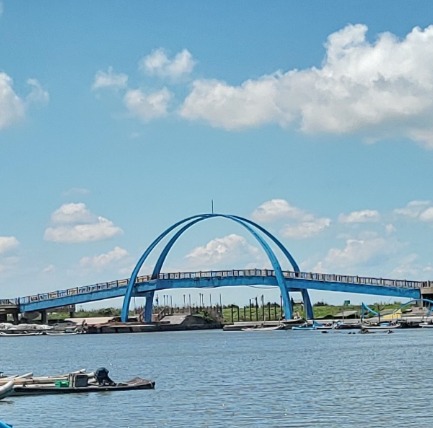
King's Bow Bridge
- The "King’s Bow Bridge" at the southern edge of the port area is a landscape bridge across the port. The bridge is 82 meters long and 4.5 meters wide; the arch is 20 meters high and the highest point of the bridge is eight kilometers ruler. The bridge material is made of steel, which is the easiest to shape, and is named after the place name "Wang Gong", which extends the concept of "King's Bow".
- The blue bridge body spans the estuary of the fishing port. When the weather is good, the blue arch bridge body is reflected on the sea level, against the rubber rafts and fishing boats on the side, and the blue sky and white clouds are more harmonious. Standing on the bridge, you can clearly enjoy the scenery of the fishing port, and you can also look at the Wanggong Lighthouse and windmills for wind power generation.
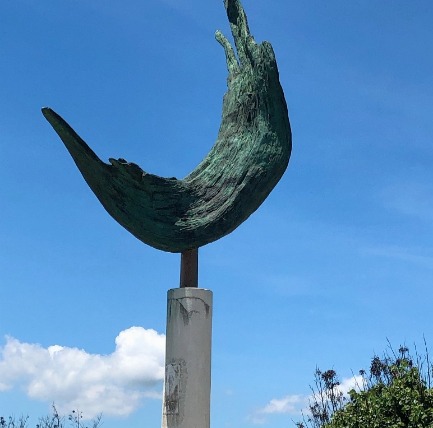
「Take off」
- This "take-off" work symbolizes that after the opening of the West Coast Expressway, Changhua's coastal towns and villages have prospered. In particular, the Changbin Industrial District has attracted investment from all walks of life and has been greatly benefited.
- "Take-off" is made by artist Bai Cangyi based on picking up dead wood and driftwood as prototypes. The dead wood in his unique eye can show toughness, endurance and vitality without a single strike. It is not only common in China to recast large-scale works , Is also valued by the international art circle, and his works are permanently collected by the British National Victoria and Albert Museum and the Berlin Arboretum Museum in Germany.
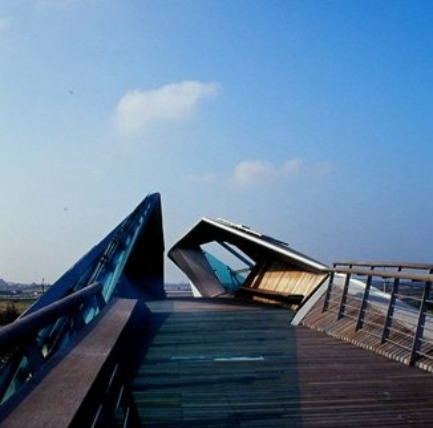
Ecological Landscape Bridge
- "Wanggong Bridge (Ecological Landscape Bridge)" was designed by architect Liao Weili. The 97.7-meter-long bridge spans both ends of Hougang Creek. The shape of the bridge is irregular. The design concept is taken from the flying postures of waves, oyster shells and seabirds. , To break the traditional concept of dual axis.
- It is the first three-dimensional bridge in Taiwan. It looks down from the bridge. Each of the four sides of the bridge has a different shape. The bridge also has seating, lying, reclining, leaning, and ecological education signboards. Standing on the bridge and looking at the sea level is even wider.
- The bridge body with light gray blue color as the main axis reflects the sunlight of different timings, and has the function of solar energy storage for lighting; there are night lights at night, with faint light, low-key and modern fashion edge.
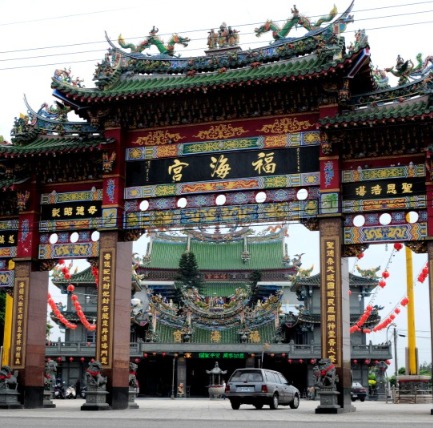
Fuhai Palace
-
Wang Gong’s local beliefs
- Fuhai Palace is located in Wanggong Village, Fangyuan Township, Changhua County. It was originally built for the suburban merchants who operated the bow line between Fujian and Taiwan.
- Until the 17th year of Jiaqing in the Qing Dynasty (1812), Yang Guisen, the county magistrate of Changhua at that time, was proficient in surveying. When he visited the local area, he saw that the town of Fuhai Palace was a living lobster cave. In view of the small size of the Fuhai Palace temple at that time, it was The "earth house" did not match, so it was proposed to be rebuilt.
- Fuhai Palace sits east and faces west. It was built three steps back from the original site. Two flagpoles were erected on the temple grounds, which clearly shows the meaning of Fuhai Palace as a "gong temple." There is a "Fuhai Park" at the rear right and a "Longquan Well" at the front right. The flagpoles in the temple have the meaning of balancing the Yin and Yang.
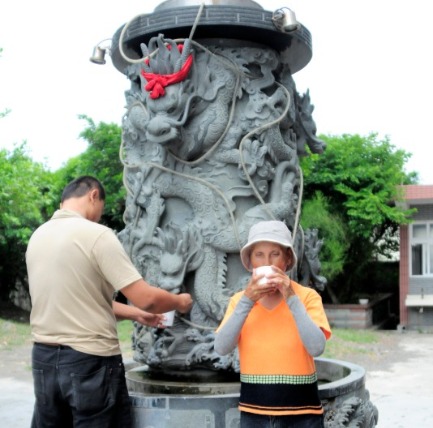
Fuhai Palace-"Longquanjing"
- In the 17th year of Jiaqing of the Qing Dynasty (1812), Yang Guisen, the magistrate of Changhua at that time, was proficient in surveying and surveying. When visiting the palace area, he discovered that the town of Fuhai Palace was a living lobster cave, so he dug a well on the right side of the temple.
- Due to the local seaside, the wells are all alkaline, but the water quality of the well is sweet and not salty, so it is called Longquan Well. Some patients who are ill have a healing effect after drinking it. Since then, it has been widely spread and attracted many people to drink.



 (04)8932156
(04)8932156 (04)8931577
(04)8931577 wkc.jf@msa.hinet.net
wkc.jf@msa.hinet.net